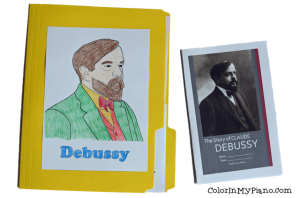 Today marks the four-year anniversary of Color In My Piano! HOORAY! It’s been such an exciting year. THANK YOU all for your support and for making this blog such a fun place to share resources and ideas with each other. I can hardly believe Color In My Piano has been online for four years.
Today marks the four-year anniversary of Color In My Piano! HOORAY! It’s been such an exciting year. THANK YOU all for your support and for making this blog such a fun place to share resources and ideas with each other. I can hardly believe Color In My Piano has been online for four years.
The four randomly-chosen winners of last week’s lapbook giveaway are below:
- Renee Witte
- Jenny Boster
- Leia
- Erica Picciano
Congrats, winners! Check your inbox for an email from me.
If you didn’t win the giveaway, now is a great time to purchase what you need from the Color In My Piano shop. As promised, I am holding a first-ever sale: 20% off everything in the store. If you plan to hold any summer camps this year, now is a great time to get your music history lapbooks, or the composition camp “So, You Want To Be A Composer?” To receive 20% off, use the coupon code YAY4YEARS good through Thursday, March 14, 2013.
In case you are interested, below is a run-down of the history of the Color In My Piano blog over the past four years. Continue reading “Celebrating 4 Years!” →


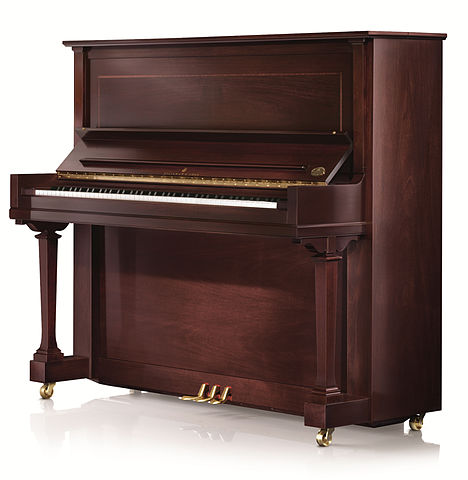
 At our last Forum Q&A, I asked about what piano books you studied from as a child. It was so fun reading all the responses! Read the comments
At our last Forum Q&A, I asked about what piano books you studied from as a child. It was so fun reading all the responses! Read the comments 
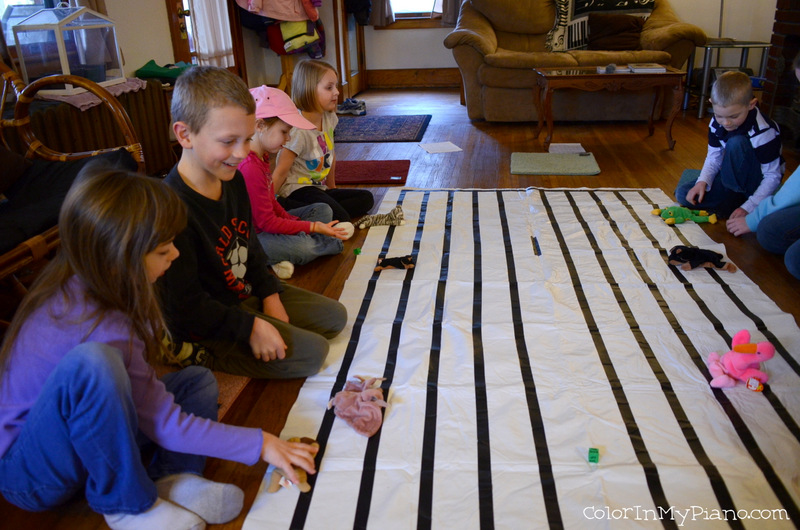
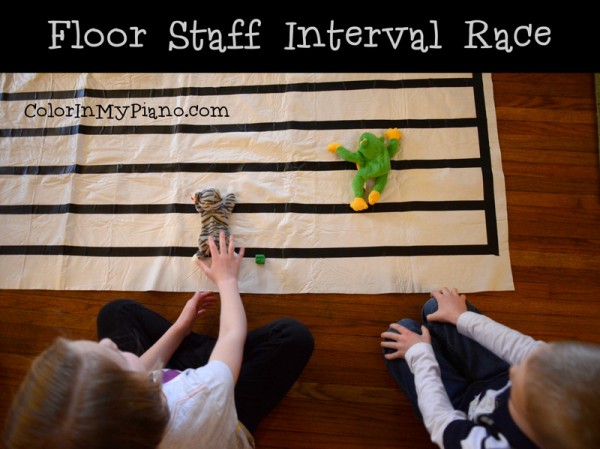
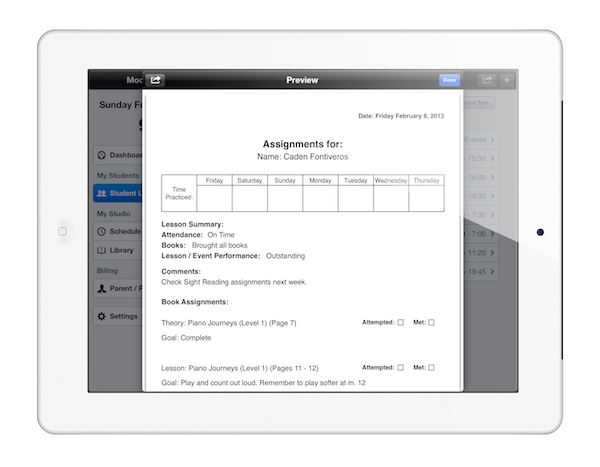
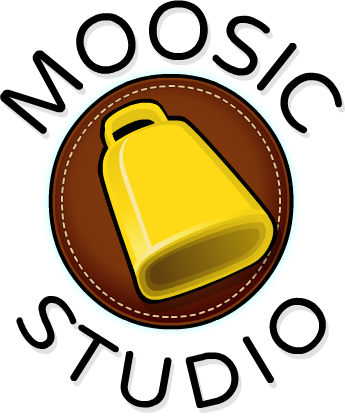 I was recently contacted by Carlos Fontiveros, creator of the brand new Moosic Studio app, which is designed to help manage the business side of running a teaching studio. You can best read about it in his own words:
I was recently contacted by Carlos Fontiveros, creator of the brand new Moosic Studio app, which is designed to help manage the business side of running a teaching studio. You can best read about it in his own words:
 Today marks the four-year anniversary of Color In My Piano! HOORAY! It’s been such an exciting year. THANK YOU all for your support and for making this blog such a fun place to share resources and ideas with each other. I can hardly believe Color In My Piano has been online for four years.
Today marks the four-year anniversary of Color In My Piano! HOORAY! It’s been such an exciting year. THANK YOU all for your support and for making this blog such a fun place to share resources and ideas with each other. I can hardly believe Color In My Piano has been online for four years.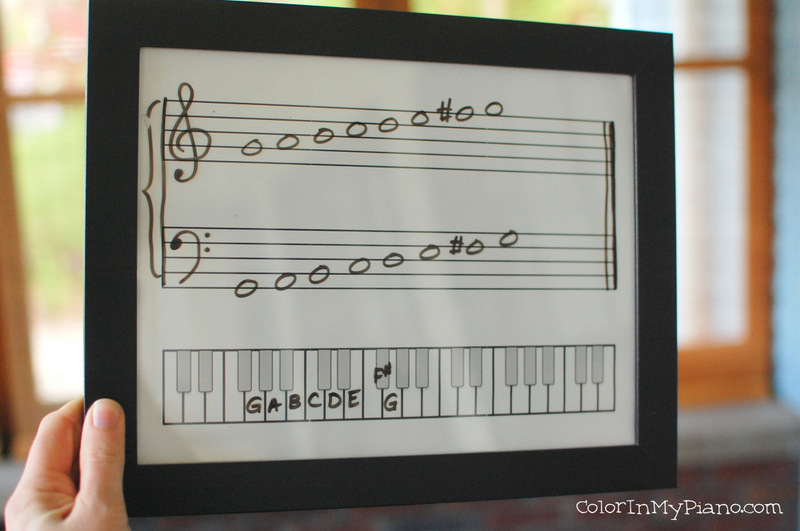
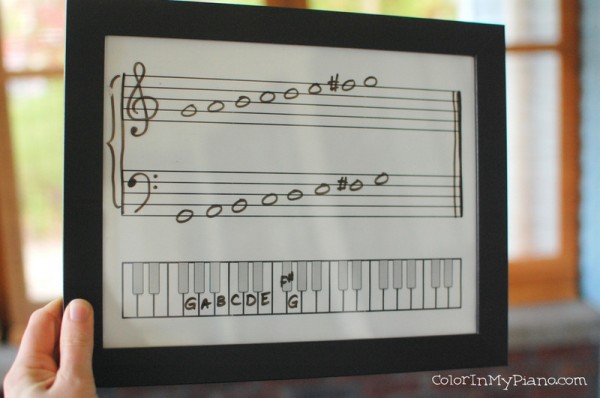
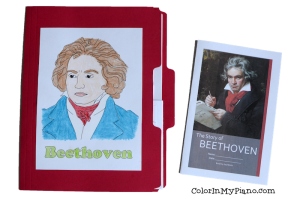 Guess what! Next week, Color In My Piano will be 4 years old. How fun!
Guess what! Next week, Color In My Piano will be 4 years old. How fun!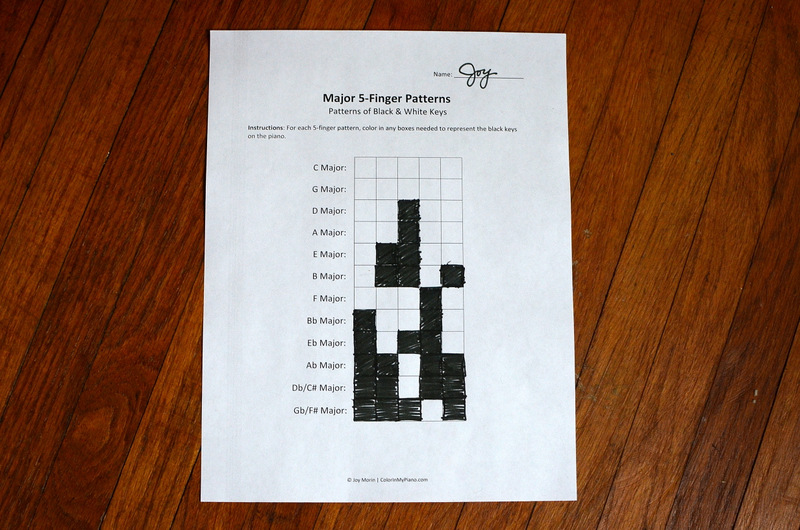
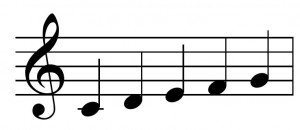 Every teacher approaches technique exercises a little bit differently. I usually start teaching students 5-finger patterns (aka pentascales) during the first month or two of study. I start by assigning the C Major 5-finger pattern (5FP) and sometimes G Major along with it. Every week or every-other-week, I add a new 5FP to their list, following the Circle of 5ths.
Every teacher approaches technique exercises a little bit differently. I usually start teaching students 5-finger patterns (aka pentascales) during the first month or two of study. I start by assigning the C Major 5-finger pattern (5FP) and sometimes G Major along with it. Every week or every-other-week, I add a new 5FP to their list, following the Circle of 5ths.